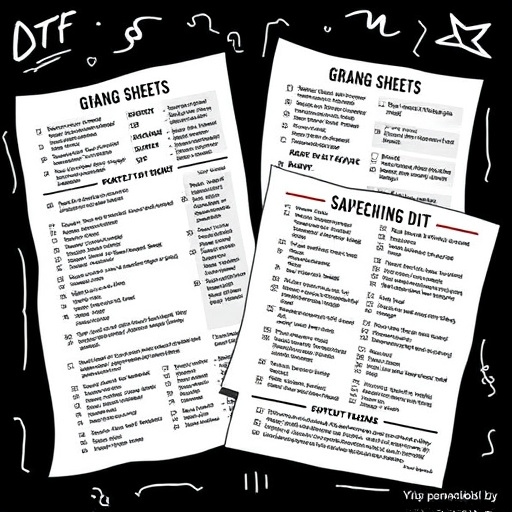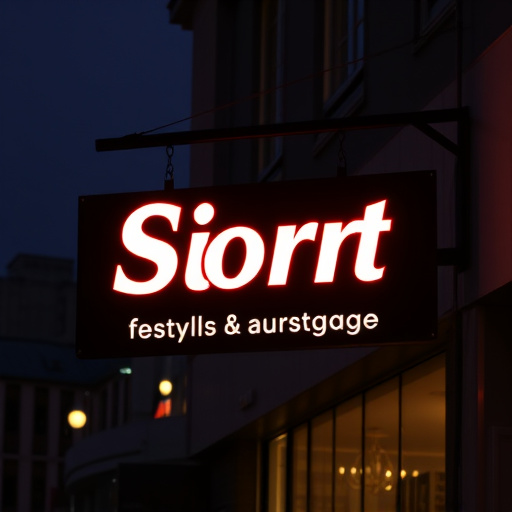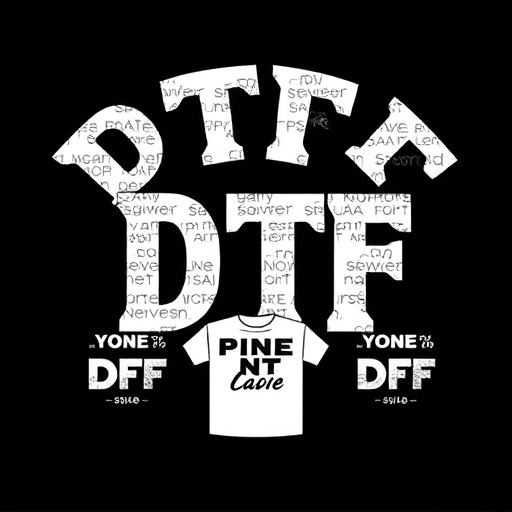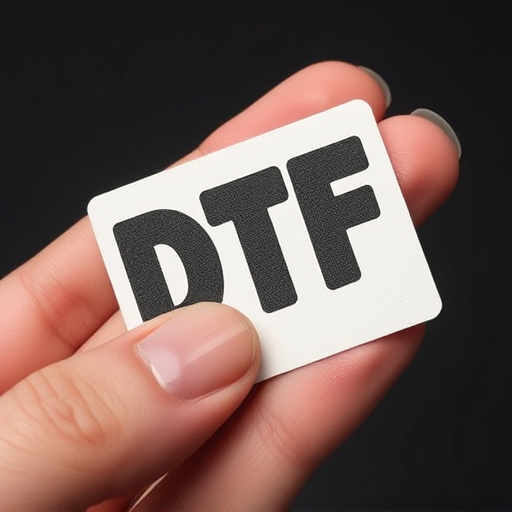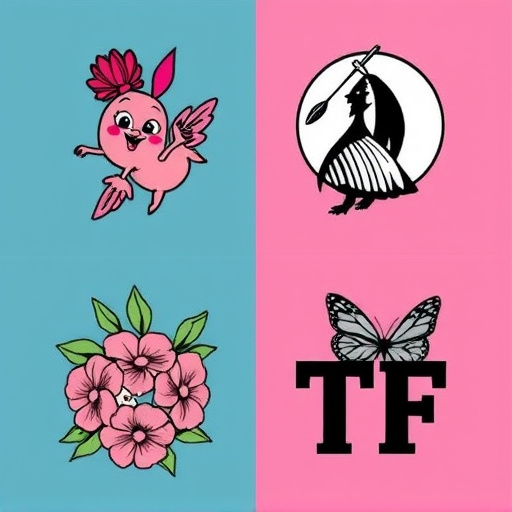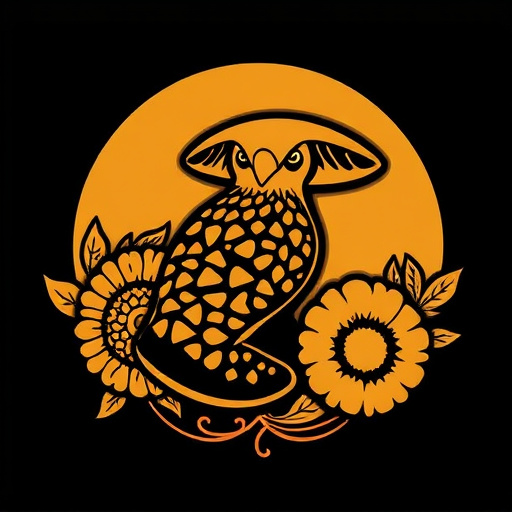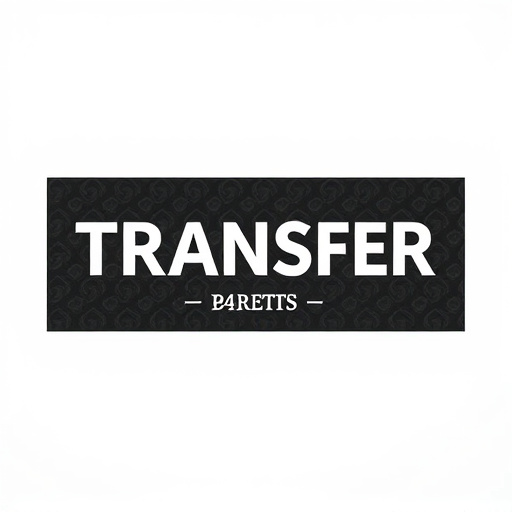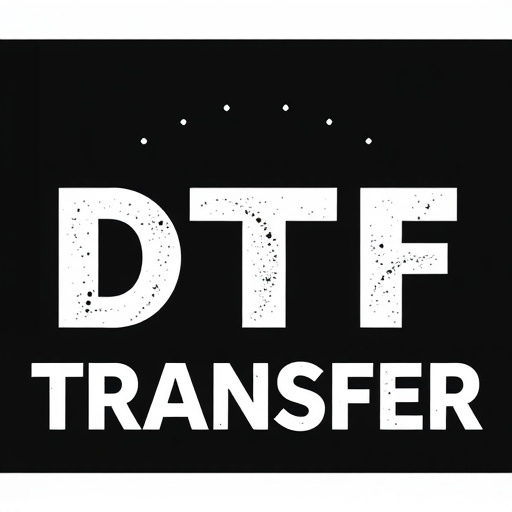Understanding DTF T-shirt Printing costs involves evaluating material expenses (blank shirts, fabrics, embellishments), labor costs for skilled technicians and designers, overhead (rent, utilities, inventory storage), design complexity, fabric type, order quantity, customization, and market competition. Balancing these factors is key to setting competitive prices while ensuring high-quality products within the DTF transfers landscape.
“Unleash your creativity with DTF T-shirt printing and unlock a world of design possibilities. This article guides you through the art of pricing your custom creations, ensuring profitability while staying competitive in the market. From grasping the fundamentals of DTF printing costs to mastering strategic pricing techniques, every step is tailored for success. Learn how to factor in materials, labor, and design complexity to set prices that attract customers and maximize your revenue.”
- Understanding DTF T-Shirt Printing Costs
- Factors Affecting Pricing Strategies
- Setting Competitive Prices for Your Designs
Understanding DTF T-Shirt Printing Costs

Understanding DTF T-Shirt Printing Costs involves delving into several key components. Firstly, consider the cost of materials – this includes the blank T-shirts themselves, along with any additional fabrics or embellishments used in the design process. For instance, personalized hoodies often require specific cuts and direct to film (DTF) printing techniques, which can increase overhead. Each method, whether DTG (Direct to Garment), heat press, or DTF prints, carries its own set of expenses that must be factored into the final price.
Moreover, labor costs play a significant role in DTF T-shirt Printing pricing. Skilled technicians and designers are essential for creating intricate, high-quality designs. The time invested in setting up and operating DTG printers or preparing screens for DTF prints directly impacts the overall cost of production. Additionally, overhead expenses such as rent, utilities, and inventory storage contribute to the bottom line, ensuring that businesses can sustain their operations while offering competitive prices on personalized apparel.
Factors Affecting Pricing Strategies

When pricing DTF (Direct to Fabric) T-shirt printing products, several factors come into play, influencing the final cost. First and foremost, the complexity of the design plays a significant role. Simple, single-color prints on plain t-shirts will be less expensive compared to intricate, multi-colored designs with various special effects on specialized fabrics. The choice of fabric type and color is another critical aspect; light fabrics like cotton tend to offer more affordable printing options, while darker or specialty fabrics may require additional preparation charges due to their texture or dye type.
Additionally, the order quantity can significantly impact pricing strategies. Larger orders typically benefit from economies of scale, allowing for lower costs per unit. Customization also adds value; unique, personalized designs will usually carry a premium compared to standard templates or stock designs. Furthermore, the time and labor involved in the printing process, along with overhead expenses like equipment maintenance and facility costs, should be considered to ensure sustainable pricing for DTF printing services, especially when catering to requests for custom t shirts tailored to specific customer preferences, including dtf printing for light fabrics.
Setting Competitive Prices for Your Designs

Setting competitive prices for your DTF T-shirt Printing designs is a delicate balance between reflecting the value of your product and staying attuned to market trends. Researching similar custom graphic tees on platforms where you sell or offer services can provide valuable insights into what customers perceive as fair pricing. Remember, your price should accurately represent the quality of your dtf transfer film and the intricate details of your designs while remaining competitive within the custom dtf transfers landscape.
Consider factors like material costs, labor involved in creating and applying the DTF transfer film, and the overall customer experience you offer. Offering transparent pricing or explaining your pricing structure on your website can build trust with potential buyers and showcase your commitment to providing high-quality products at reasonable prices for your DTF for Custom graphic tees.
When pricing your DTF T-shirt printing products, consider the costs involved in materials, labor, and design. By understanding the factors that influence pricing strategies and setting competitive rates for your unique designs, you can ensure your business stays profitable while attracting customers drawn to high-quality, custom prints. Mastering these techniques will enable you to navigate the market effectively, establishing yourself as a go-to provider of DTF T-shirt Printing services.


